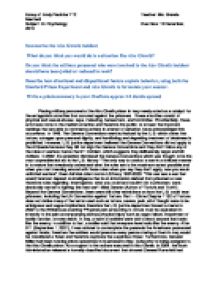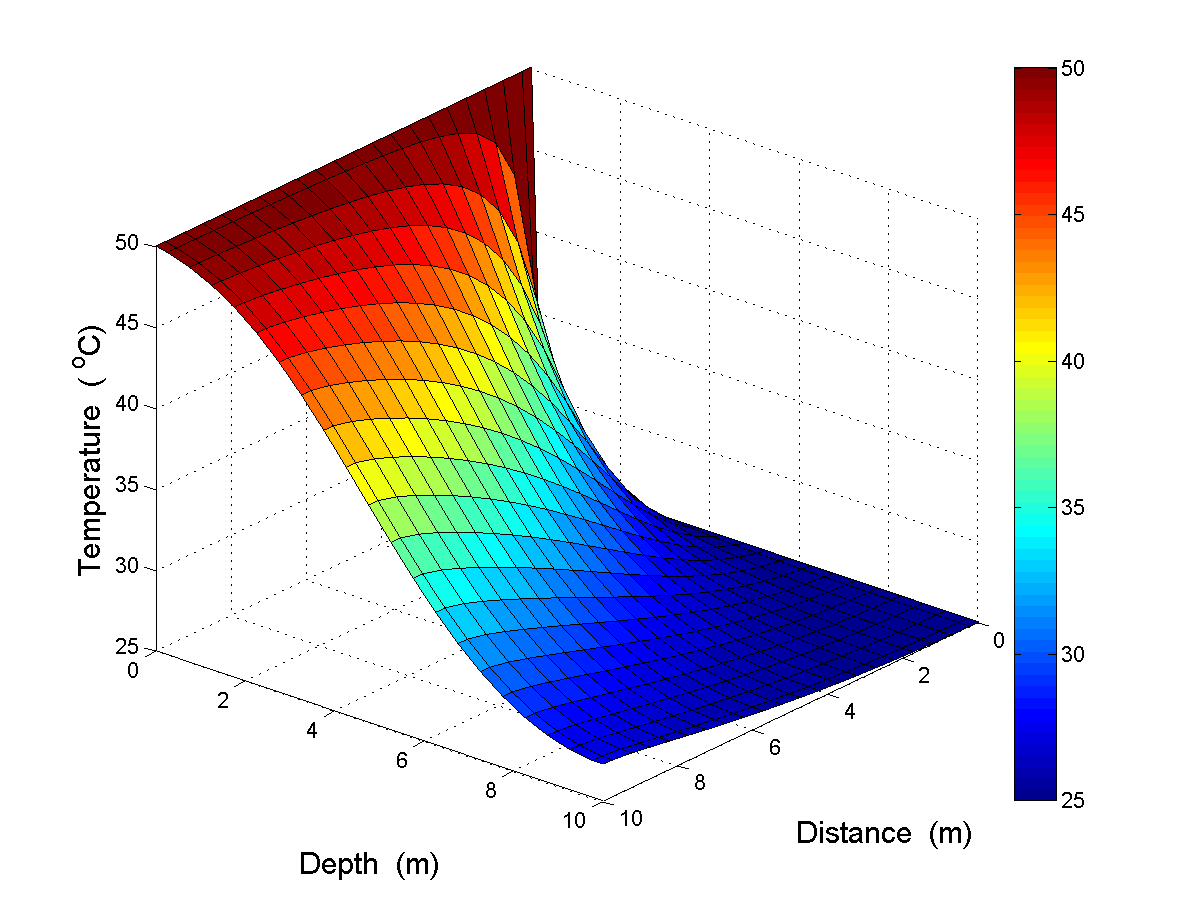Improved middle-ear soft-tissue visualization using.
Research Paper Pig Ear Skin ex Vivo as a Model for in Vivo Dermatopharmacokinetic Studies in Man Christophe Herkenne,1,2 Aarti Naik,1,2 Yogeshvar N. Kalia,1,2 Jonathan Hadgraft,3 and Richard H.
European Academic Research Journal. The variety of research domains covered by our journal is a challenging invitation to dialogue and potential interdisciplinary collaborative projects.European Academic Research (EAR) carries original research papers and reviews, on advances made within the journal scope. Visit Site! Global Shakespeare Journal. The journal aims at providing equal.
European Accounting Review (EAR) is an international scholarly journal of the European Accounting Association (EAA). Devoted to the advancement of accounting knowledge, EAR provides a forum for the publication of high-quality accounting research manuscripts. The journal acknowledges its European origins and the variety of the European accounting research community. Conscious of these origins.
This paper attempts to quantify some objective factors affecting human ear feeling and health through the mechanism study. We establish the finite element model of human middle ear with the date of anatomy and physiology, which can be used to analysis the state of the human ear under different environmental conditions. The environmental conditions are mainly about the three conditions of.
The interior ear has three chief parts, which are all connected. The three parts are the anteroom, the semicircular canals, and the cochlea. The anteroom is a circular chamber about 5 millimetres long. It connects the semi-circular canals to the cochlea. There are two pouch with a swelling inside the anteroom with hair run alonging them. The pouch are called the utriculus and sacculus. There.
The human ear, like that of other mammals, contains sense organs that serve two quite different functions: that of hearing and that of postural equilibrium and coordination of head and eye movements. Anatomically, the ear has three distinguishable parts: the outer, middle, and inner ear.The outer ear consists of the visible portion called the auricle, or pinna, which projects from the side of.
Hyperacusis Research continued the focus on collaboration with researchers at the 2019 Association of Research for Otolaryngology Midwinter meeting. Read about the Hyperacusis Alliance event where over 30 researchers reviewed the latest research.









